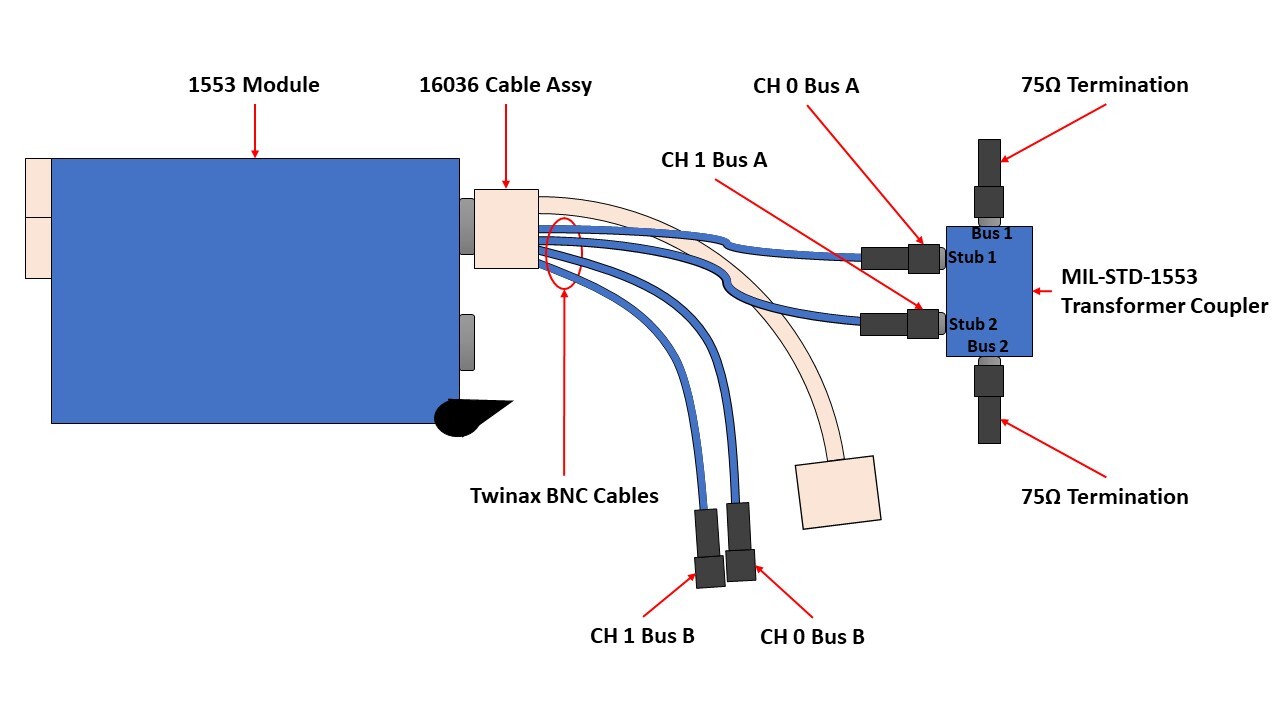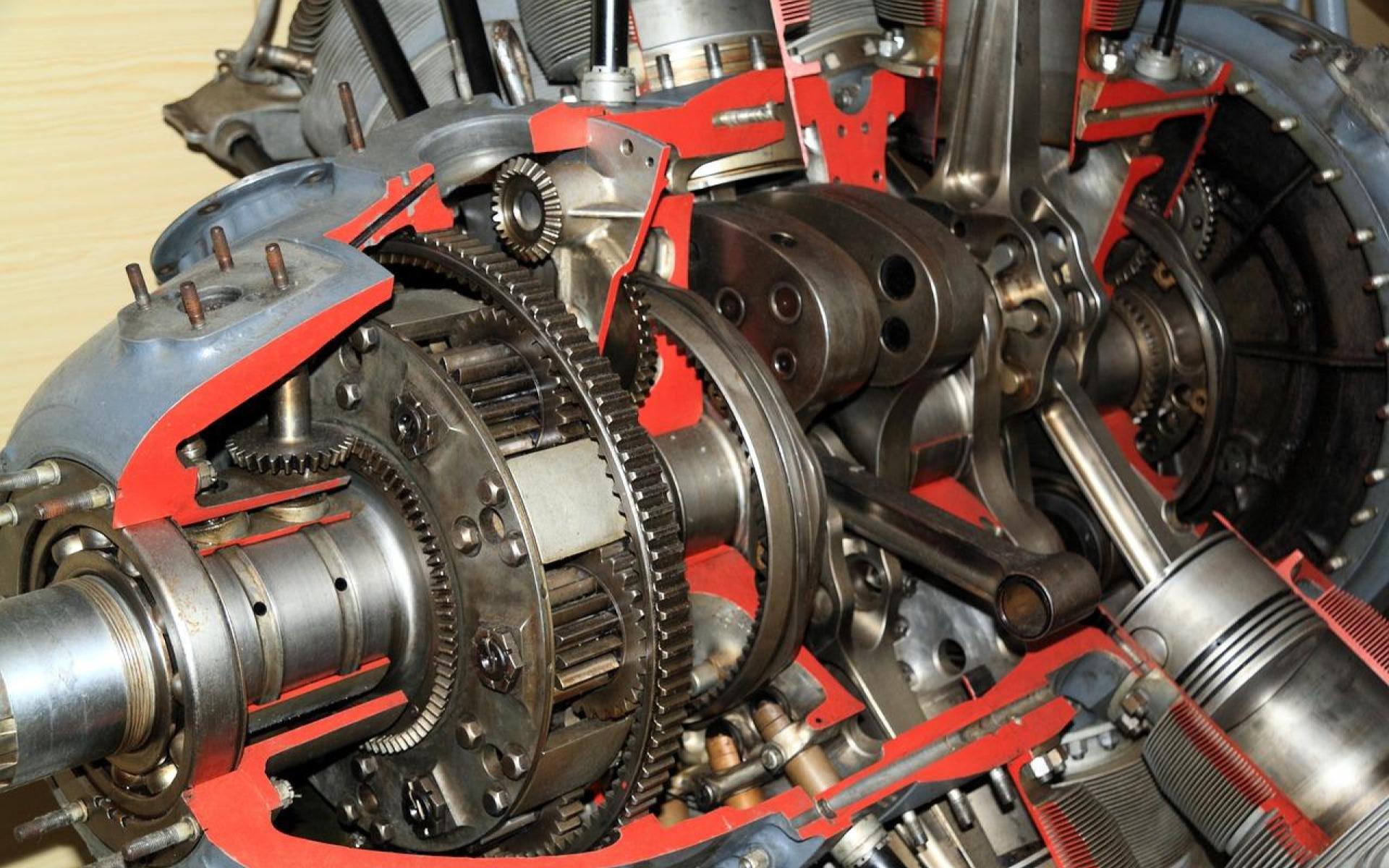This white paper aims to demystify the MIL-STD-1553 protocol by providing an in-depth exploration of its structure and its essential role in data communication. Developed in the 1970s by the U.S. Department of Defense, MIL-STD-1553 has become a widely adopted standard for real-time, time-division multiplexing communication in aerospace, defense, and other industries. By understanding the intricacies of this protocol, engineers and professionals can effectively utilize it for reliable and efficient data exchange.
Introduction
The MIL-STD-1553 protocol was developed to address the need for a standardized, robust, and deterministic communication method in military and aerospace applications. Over time, it has expanded its influence to various critical industries due to its reliability and versatility.
Structure of the MIL-STD-1553 Protocol
The protocol operates on a dual-bus architecture, consisting of a data bus and a command/status bus. Multiple terminals, including computers, sensors, and actuators, are connected to the bus through remote terminals (RTs). Each RT possesses a unique address and communicates through a bus controller (BC) or a remote terminal controller (RTC). The protocol employs a time-division multiplexing scheme, where data is transmitted in fixed-length messages called “words.”
Data Exchange Procedure
Communication in the MIL-STD-1553 protocol follows a defined procedure. The bus controller initiates data transfer by issuing a command word to the desired remote terminal. The remote terminal responds with a status word, providing acknowledgment and additional information. Following this, the data transmission phase begins, where data words are exchanged between the bus controller and the remote terminal. Finally, the bus controller issues an end-of-message command, concluding the transaction.

Error Detection and Correction
The MIL-STD-1553 protocol incorporates various mechanisms for error detection and correction. Parity bits are used to detect single-bit errors during data transmission. Additionally, cyclic redundancy checks (CRC) ensure data integrity and detect more complex errors. The protocol also supports retransmission of erroneous messages to ensure reliable data communication.
Importance in Data Communication
The MIL-STD-1553 protocol plays a vital role in industries where real-time, deterministic, and highly reliable data communication is crucial. In aerospace applications, it enables communication between avionic systems, allowing for control and monitoring of various aircraft functions. Military systems rely on this protocol for communication between weapons systems, command centers, and vehicles, ensuring coordinated operations.
Moreover, the protocol finds application in critical industries such as nuclear power plants, where it facilitates secure data exchange between control systems. Its deterministic nature and robust error detection capabilities make it suitable for safety-critical applications.
Integration and Modern Advancements
As technology advances, the MIL-STD-1553 protocol has evolved to meet new requirements. Implementations now exist that integrate the protocol with modern interfaces, such as Ethernet and USB, to bridge the gap between legacy and contemporary systems. These advancements ensure compatibility with evolving technologies while preserving the reliability and deterministic characteristics of the protocol.
Conclusion
In conclusion, the MIL-STD-1553 protocol continues to be a crucial communication standard in aerospace, defense, and other critical industries. Its structured approach, error detection mechanisms, and deterministic nature contribute to reliable data exchange in safety-critical applications. By understanding the protocol’s inner workings and its role in data communication, engineers and professionals can leverage its capabilities to design and implement robust and efficient communication systems.
As technology continues to advance, the MIL-STD-1553 protocol has evolved to meet new challenges and incorporate modern features. These advancements include higher data rates, expanded message formats, and improved fault tolerance mechanisms. Such enhancements enable the protocol to adapt to the evolving needs of industries while maintaining backward compatibility with legacy systems.
The integration of the MIL-STD-1553 protocol with emerging technologies is also underway. Protocol converters and gateways have been developed to facilitate seamless communication between MIL-STD-1553-based systems and Ethernet or other protocols commonly used in modern networks. This integration allows for the exchange of data between legacy and contemporary systems, extending the life of existing infrastructure while facilitating technology upgrades.
References:
MIL-STD-1553 – Department of Defense Interface Standard, MIL-STD-1553, 2015.
Bhaskar, K. V., & Katti, C. P. (2017). MIL-STD-1553B Bus Controller IP Core Implementation on FPGA. In 2017 International Conference on Intelligent Computing and Control Systems (ICICCS) (pp. 944-948). IEEE.
Kalaiselvi, P., & Thavavel, T. (2019). Design and Simulation of MIL-STD-1553B Protocol for Remote Terminal. In 2019 International Conference on Vision Towards Emerging Trends in Communication and Networking (ViTECoN) (pp. 1-6). IEEE.
McHale, D., Perovic, D., & Stark, J. (2019). Designing a test bench for MIL-STD-1553 using Virtual Instruments. Journal of Aerospace Operations, 8(1-2), 9-25.
Poovarasan, S., Seshachalam, K., & Ramakrishnan, T. S. (2017). Analysis of MIL-STD-1553B using Network Simulator. In 2017 International Conference on Wireless Communications, Signal Processing and Networking (WiSPNET) (pp. 2323-2327). IEEE.
By embracing the MIL-STD-1553 protocol and leveraging its strengths, industries can continue to benefit from its proven performance, interoperability, and ability to meet the stringent demands of safety-critical applications. With its rich history and ongoing relevance, the MIL-STD-1553 protocol stands as a cornerstone in data communication, providing a reliable and structured framework for industries operating in mission-critical domains.





